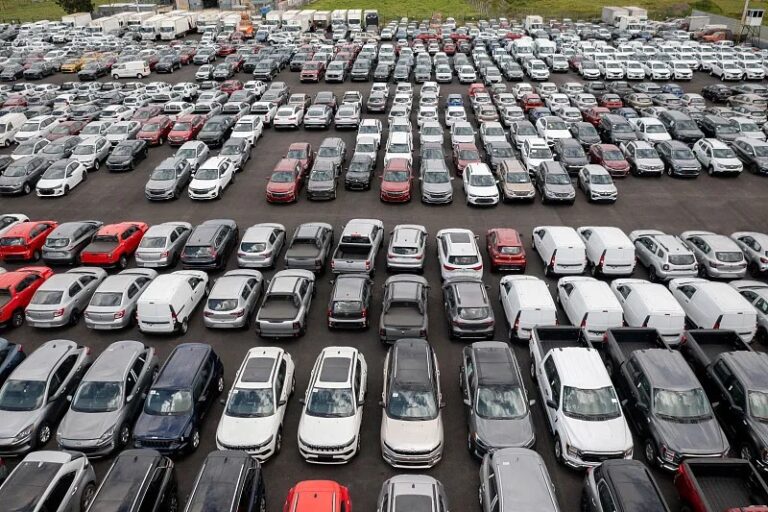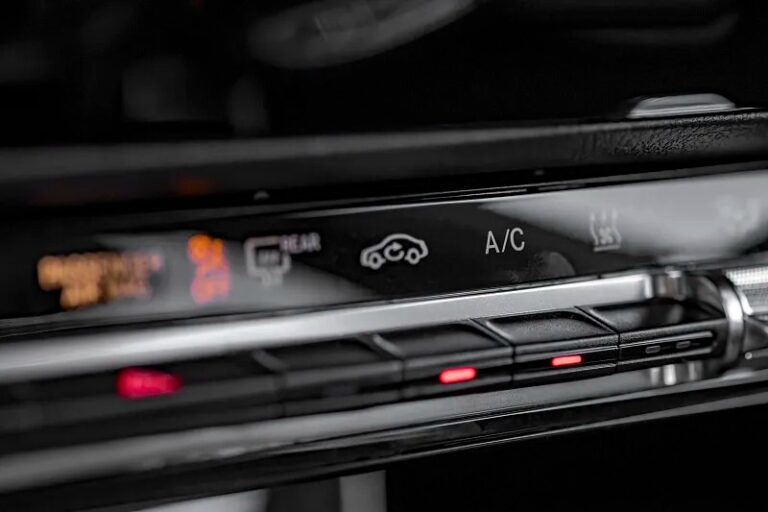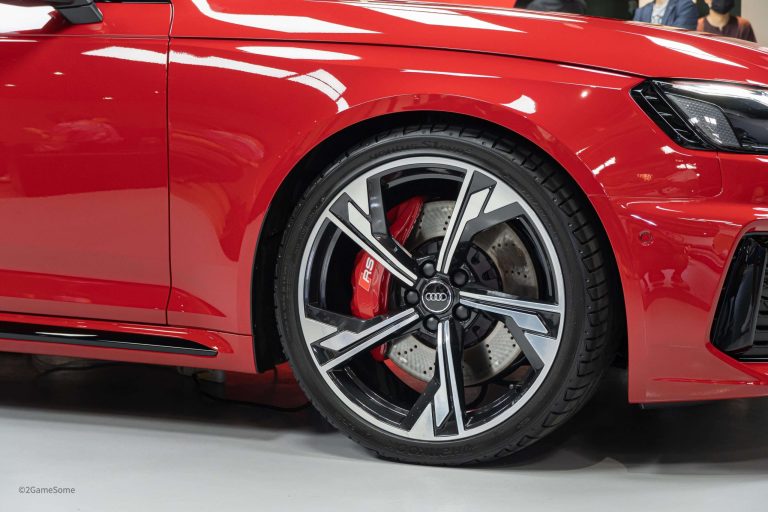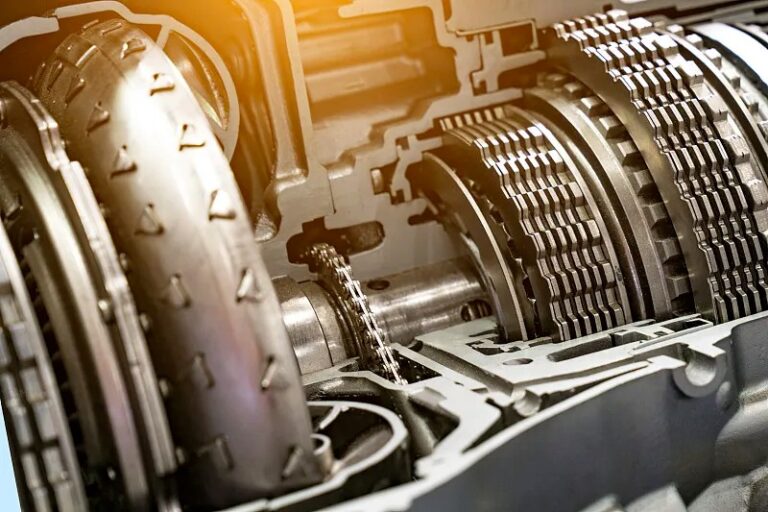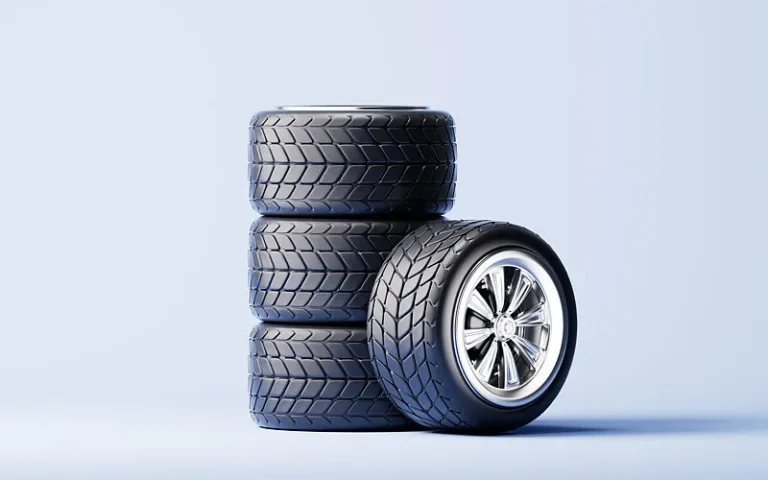Car Tire Pressure Guide: Safety, Fuel Efficiency & Care Tips
Car tire pressure is like blood pressure in the human body — too high or too low, and performance suffers. This guide explains how tire pressure affects safety, fuel economy, and tire lifespan, plus how to measure and adjust it correctly.
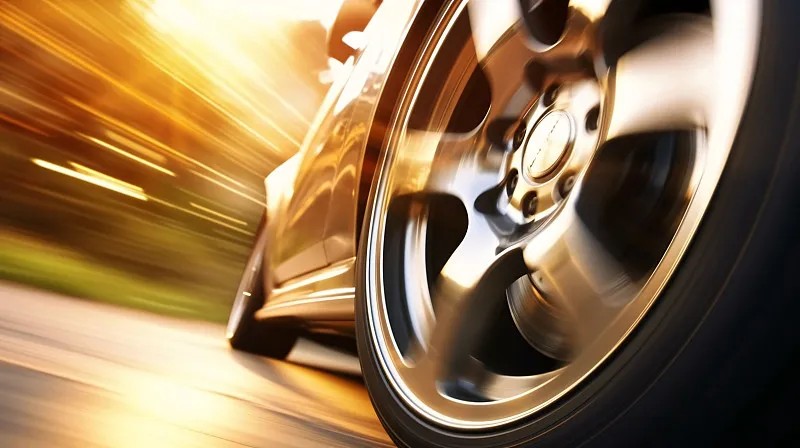
Why Tire Pressure Matters: Safety, Economy, and Longevity
Safety Benefits of Proper Pressure
- Ensures optimal road contact for better grip.
- Reduces braking distance by 3–5 meters.
- Lowers the risk of skidding on wet roads.
Fuel Consumption
- Every 10% drop below recommended tire pressure increases fuel use by 1.5–2%.
- A family car can waste nearly ¥200 per year in extra fuel if tire pressure is neglected.
Tire Lifespan and Wear Patterns
- Underinflation → shoulder wear, up to 30% shorter lifespan.
- Overinflation → central tread wear, reduced comfort, and faster aging.
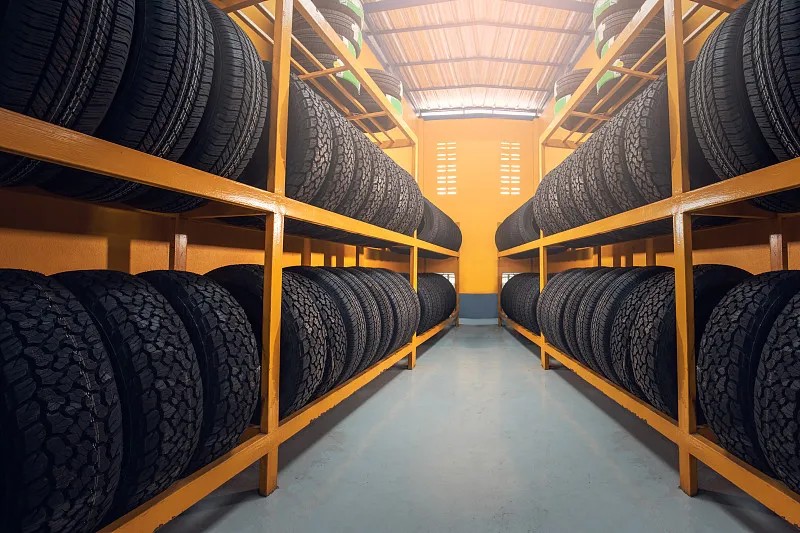
Risks of Incorrect Pressure
- Underinflation: Blowout risk, poor acceleration, and steering pull.
- Overinflation: Reduced shock absorption, rim damage, tire bulging.
- Uneven Pressure: Car leans to one side, suspension wear increases.
How to Check Tire Pressure Correctly
- Measure in cold condition (after 4 hours of parking or <1 km driving).
- Use a digital tire pressure gauge for accurate readings.
- Follow the manufacturer’s recommendation (often 2.3–2.5 bar).
Tire Pressure Adjustment Tips
- Summer: Set 0.1–0.2 bar lower.
- Winter: Set 0.1–0.2 bar higher.
- Fully Loaded: Increase by 0.2 bar.
- Highway Driving: Always check pressure before long trips.
- Rough Roads: Slightly reduce by 0.1 bar for better traction.
Tire Pressure Maintenance Checklist
- Check monthly and before long trips.
- Monitor more closely during seasonal changes.
- After new tires, reset to recommended pressure.
- Watch for slow leaks (drop >0.2 bar/week).
- Avoid mixing tire sizes to maintain consistency.
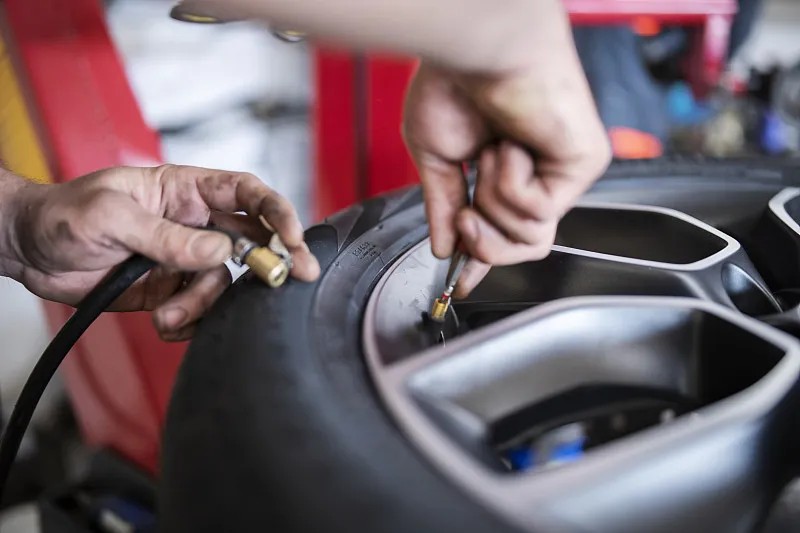
Conclusion: Tire Pressure = Safety + Savings
Correct tire pressure ensures:
- Safer driving
- Lower fuel consumption
- Longer tire life
- Reduced maintenance costs
Small details in tire care make a big difference in driving safety.
If you have a need to buy a used car, or if you run a car business, we’re here to help. As a leading exporter with over 20 years of experience, DDong Used Cars offers a wide range of vehicle brands (100+), efficient logistics, and after-sales support.
Contact us today to learn more. Simply let us know what you’re looking for, and we’ll provide you with an unmatched sourcing experience. Explore our news section for more automotive insights and tips for running a successful dealership.
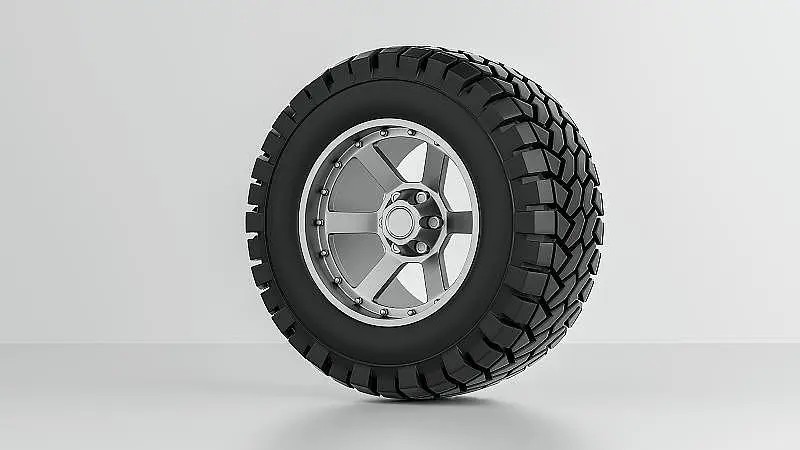
FAQ: Car Tire Pressure
Q1: What is the normal tire pressure for most cars?
A: Typically between 2.3–2.5 bar (33–36 psi), but always check the sticker on your car’s door frame or fuel cap.
Q2: How often should I check tire pressure?
A: At least once a month, and always before long-distance driving.
Q3: Can incorrect tire pressure cause a blowout?
A: Yes. Underinflated tires generate excessive heat at high speeds, significantly increasing the risk of blowouts.
Q4: Should tire pressure be different in summer and winter?
A: Yes. In summer, set slightly lower (–0.1 to –0.2 bar). In winter, set slightly higher (+0.1 to +0.2 bar).
Q5: Is visual inspection enough to check tire pressure?
A: No. Tires can look normal but still be underinflated. Always use a tire pressure gauge.

